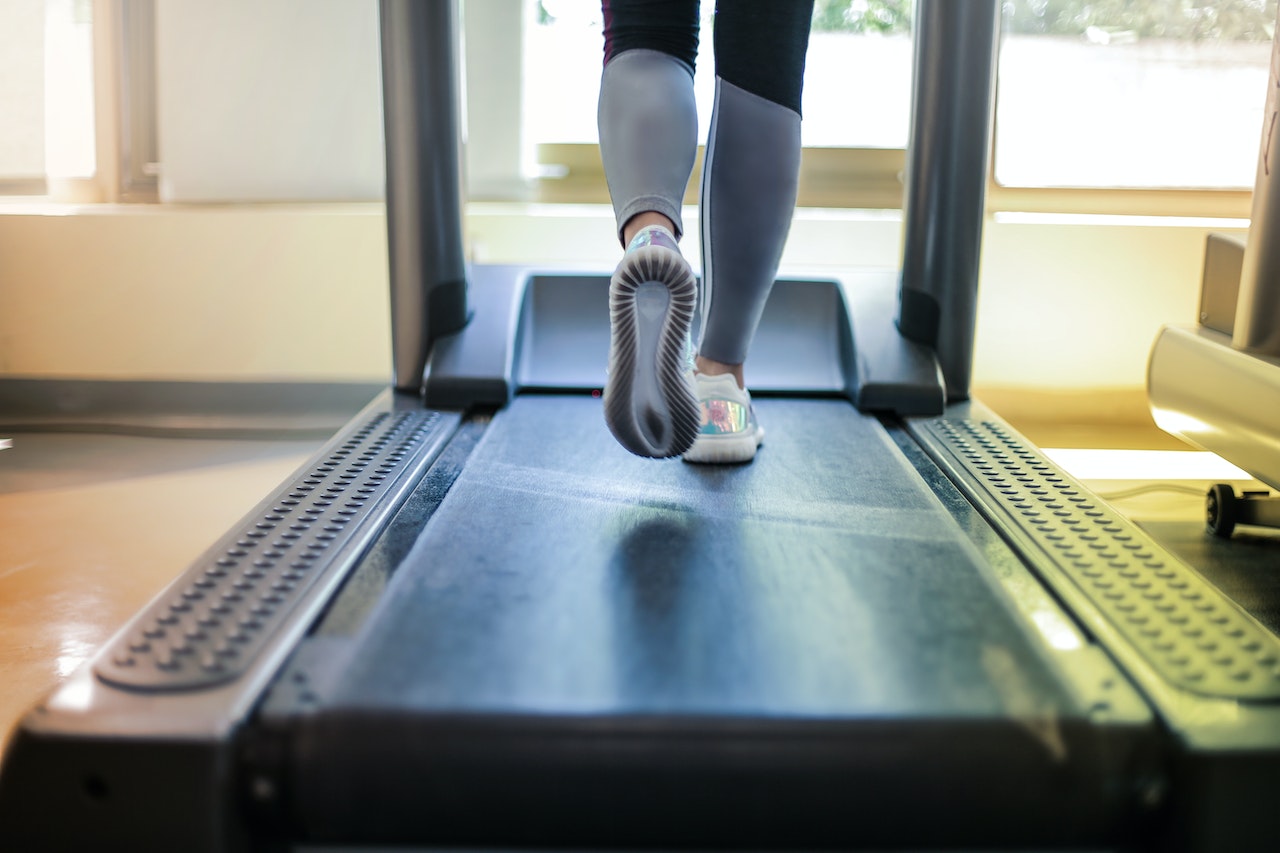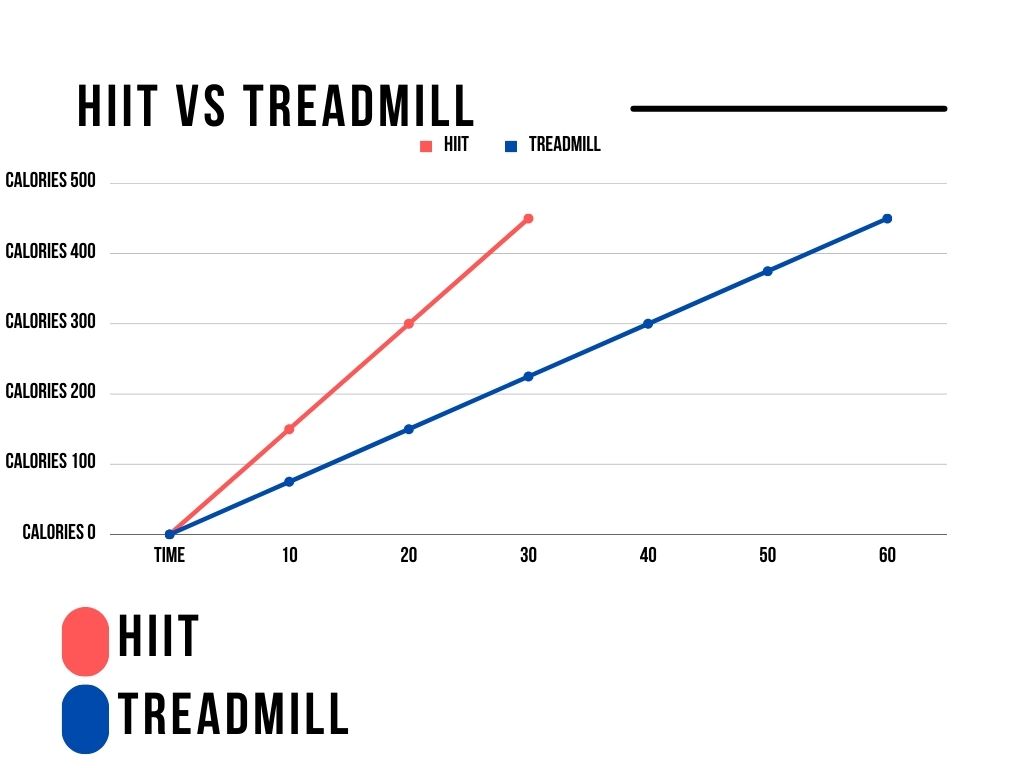
HIIT vs. Treadmill – Science, Facts, and Statistics
In the realm of fitness, the battle between High-Intensity Interval Training (HIIT) and the traditional treadmill run has raged on for years. Both promise improved health and fitness, but which one truly reigns supreme?
Let’s dive into the science, facts, and statistics to settle this debate once and for all.
HIIT: The Efficiency Dynamo
HIIT is the undisputed champion of efficiency. In a world where time is of the essence, HIIT workouts pack a powerful punch in a short amount of time. Numerous studies have demonstrated that HIIT can torch calories and improve cardiovascular health more effectively than traditional cardio.
One study published in the British Journal of Sports Medicine found that HIIT significantly reduces body fat percentage in a shorter time than steady-state cardio. In just 12 weeks, participants in the HIIT group saw a 2% reduction in body fat compared to a mere 0.3% reduction in the traditional cardio group.
But the efficiency of HIIT isn’t limited to fat loss. The Journal of Physiology published a study revealing that HIIT improves insulin sensitivity and glucose regulation better than continuous endurance training. This translates to enhanced metabolic health and a reduced risk of type 2 diabetes.
Treadmill Running: The Endurance Builder
Running on a treadmill is the quintessential cardio exercise, and it’s renowned for building endurance. Long-duration, steady-state running can help you conquer marathons and half-marathons, but it may not be the best choice for everyone.
The American Council on Exercise suggests that running on a treadmill can burn roughly 600-1,200 calories per hour depending on factors like speed and incline. While this is a respectable number, it’s worth noting that individual calorie burn can vary widely based on factors such as body weight, age, and workout intensity.
HIIT vs. Treadmill: A Side-by-Side Comparison
Let’s put HIIT and treadmill running head-to-head with some compelling statistics:
1. Time Efficiency:
-
- HIIT workouts typically last 15-30 minutes, making them ideal for busy schedules. Treadmill runs often require 45-60 minutes or more to get an “adequate workout”

2. Calories Burned:
-
- A 30-minute HIIT session can burn 200-450 calories depending on the intensity and exercises performed.
- Treadmill running can burn approximately -1,200 calories per hour, but individual calorie burn varies based on factors like speed, incline, and body weight.
3. Fat Loss:
- HIIT is particularly effective for fat loss due to its high-intensity nature. Studies have shown that it can lead to significant reductions in body fat percentage in a relatively short time frame.
- While treadmill running can contribute to fat loss, it may require longer duration to achieve the same fat-burning results as HIIT.
4. Endurance Building:
- HIIT primarily focuses on short bursts of intense activity, making it less effective for building long-distance running endurance.
- Treadmill running excels in building endurance, making it a preferred choice for individuals training for long-distance races.
5. Metabolic Benefits:
- HIIT is known to improve insulin sensitivity and glucose regulation better than continuous endurance training. This can enhance metabolic health and reduce the risk of conditions like type 2 diabetes.
- Treadmill running can also offer metabolic benefits, but HIIT appears to provide more rapid improvements in metabolic markers.
Choosing the Right Workout for You
In the end, the choice between HIIT and treadmill running depends on your fitness goals, available time, and personal preferences. HIIT reigns supreme when it comes to time efficiency and fat loss, while running on a treadmill excels in building endurance.
The ideal solution? Incorporate both into your fitness routine. Use HIIT for quick, effective workouts when time is tight, and embrace treadmill running to develop your cardiovascular stamina. With science on your side, you can tailor your workouts to maximize your fitness gains and achieve your health goals more effectively than ever before.
Do what makes you happy. Do what makes you fit.
Sources
“Improved Glucose Tolerance and Insulin Sensitivity after a 2-Week High-Intensity Interval Training (HIIT) in Individuals with Type 2 Diabetes: A Randomized Controlled Trial” (Journal of Physiology)
Caloric Expenditure of Aerobic, Resistance, or Combined High-Intensity Interval Training Using a Hydraulic Resistance System in Healthy Men (American Council on Exercise)



